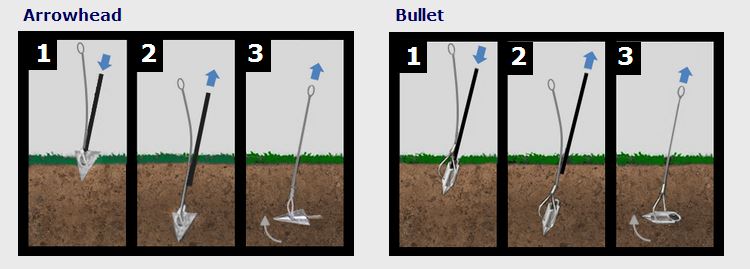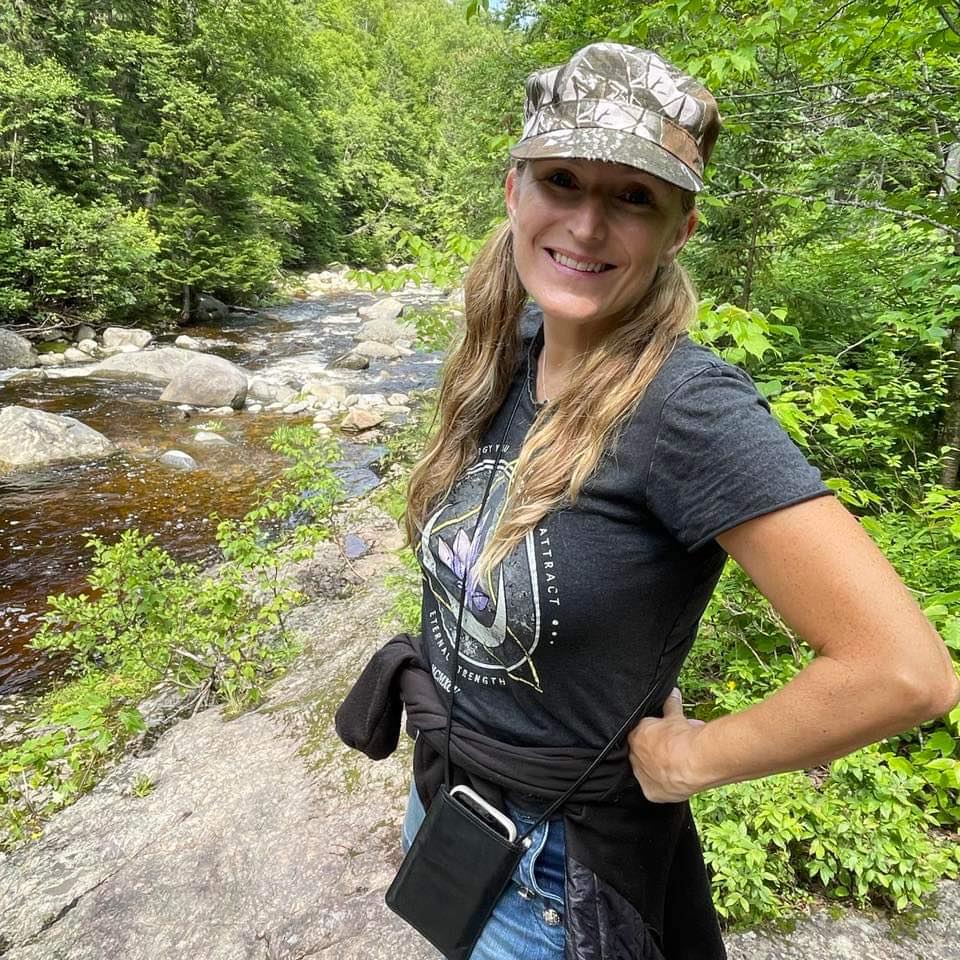
Article-at-a-Glance: Secure Your Outdoor Dome
-
Understand why proper anchoring is crucial for geodome stability.
-
Learn about the risks associated with an unanchored dome.
-
Discover how different weather conditions affect dome stability.
-
Get to know the top anchoring options, including Penetrator anchors.
-
Gain actionable tips to ensure your geodome remains safe and secure.
Why Dome Anchoring Matters
Imagine your geodome as a spaceship. Just as a spaceship needs a strong foundation to stay anchored to the ground, your geodome requires solid anchoring to withstand the forces of nature. Without it, your dome is at the mercy of the elements, risking damage or even total loss. Anchoring isn’t just about keeping your structure in place; it’s about safety, longevity, and peace of mind. Let’s make sure your geodome is as steadfast as a mountain.
The Risks of an Unanchored Dome
Picture a tumbleweed rolling across a desert – that could be your unanchored geodome in a strong wind. An unsecured dome can become a massive sail, catching the wind and potentially causing property damage or injury. Moreover, without anchors, your dome can shift, leading to structural instability and a compromised integrity. It’s not just about the dome; it’s about everything and everyone around it. Secure anchoring is not optional; it’s essential.
My Favorite Geodesic Domes for Eco-Homes & Glamping
Why I Recommend Them: Geodesic domes offer versatile solutions for sustainable living and glamping. Whether you’re looking to set up an eco-home, a glamping site, or a unique living experience, top brands like Ekodome®, Pacific Domes, and Hypedome provide durable, energy-efficient, and aesthetically pleasing options that blend seamlessly with nature.
Click here to explore the best geodesic domes for your eco-home or glamping site!
Weather Factors and Their Impact on Dome Stability
Weather plays no favorites, and when it hits hard, you’ll want your geodome to stand strong. Wind can exert lateral forces, while snow can pile on weight from above. Rain can soften the ground, making it less stable, and extreme temperatures can affect the ground’s firmness. Each of these elements can test the limits of your geodome’s stability. The right anchoring can mean the difference between a dome that weathers the storm and one that folds under pressure.
Anchoring Essentials
When it comes to anchoring your geodome, think of it as tying your shoes. You want a knot that’s tight and secure, so you don’t trip. Anchors act as that knot, keeping your dome firmly in place. There are several types of anchors, each suited for different ground types and environmental conditions. We’ll explore the most reliable options so you can choose the best fit for your geodome. It’s time to tie down your dome with confidence.
Type 1: Penetrator Anchors – For Versatile Ground Types
Penetrator anchors are like the Swiss Army knives of the anchoring world. They’re versatile, strong, and reliable. Designed to work in a variety of soil types, from soft sand to hard clay, Penetrator anchors screw into the ground, creating a firm hold that’s tough to beat. They’re a go-to choice for geodome enthusiasts because they offer a balance of strength and ease of installation. With Penetrator anchors, you can rest easy knowing your geodome has a grip on the ground as strong as roots.

Type 2: Arrowhead Anchors – When You Need a Strong Hold
When your dome is in the path of relentless winds or needs to stand firm on slippery slopes, arrowhead anchors come to the rescue. Shaped like the tip of an arrow, these anchors dig deep and lock into place, providing a hold that’s as stubborn as a mule. They’re the muscle in the anchoring world, perfect for situations where your dome demands an unyielding grip. With arrowhead anchors, your geodome won’t budge, even when nature throws a tantrum.
Type 3: Bullet Anchors – Easy Install for Temporary Domes
Need a quick fix for a temporary dome setup? Bullet anchors are your best friend. They’re like push pins for the earth – simple to push in and just as easy to pull out. Don’t let their ease of use fool you, though; they still offer a reliable hold for short-term structures or when you’re testing the waters with your dome’s location. They’re the ideal choice for seasonal domes or for those who like to switch things up without too much fuss.

Type 4: Screws and Rawl Plugs – Secure Fastening for Wooden Decks and Concrete Bases
Whether you’re anchoring a smaller geodome on wooden decks or concrete bases, screws and rawl plugs are the tried-and-true solution. Opt for screws that are at least 50mm long, ensuring a deep and secure connection with the base material. Additionally, choose rawl plugs that match the size of your screws; these plugs create a snug fit and enhance the overall stability of your geodome. The combination of screws and rawl plugs ensures a robust connection, providing confidence that your geodome will remain steadfast even in challenging weather conditions.
Type 5: Heavy-Duty Ground Pegs – Resilient Anchoring for Grass or Gravel Surfaces
For those setting up a smaller geodome on grass or gravel surfaces, heavy-duty ground pegs offer a dependable anchoring solution. Cannot withstand wind as much as screws and plugs but is still a good option. The design of the pegs ensures a secure grip in the ground, preventing displacement and maintaining the integrity of your geodome structure. Easy to install, these pegs provide a reliable grip without sacrificing simplicity. To use heavy-duty ground pegs, simply insert them into the grass or gravel, ensuring a deep penetration for maximum effectiveness.
Choosing the Right Anchor
It’s decision time. Picking the right anchor for your geodome is like choosing the right pair of shoes for a hike. You need a fit that’s just right for the terrain, base and the weather conditions you’ll face. The best anchor for your dome is one that matches your soil type, foundation type, environmental challenges, and your own ability to install it. Let’s walk through the steps to ensure you make the best choice for your dome’s stability and your peace of mind.
Assessing Soil and Terrain: Which Anchor Fits Best?
Soil is not just dirt – it’s the foundation of your dome’s stability. Is your soil sandy and loose or hard and compact? Does it retain water like a sponge or let it drain away quickly? Knowing the answers to these questions is key to choosing an anchor that won’t let you down. For sandy soils, you’ll want an anchor that spreads out, like an arrowhead. For harder soils, a penetrator might be your ticket. Match the anchor to your terrain, and you’re halfway home. On wooden decks or concrete bases, screws and rawl plugs provide a secure fastening, suitable for both standard and smaller geodomes. Match the anchor to your terrain, and you’re halfway home.
Comparing Holding Power: Not All Anchors Are Created Equal
Think of holding power like a handshake – some are firm and confident, others not so much. Anchor holding power varies widely, and it’s measured in pounds – the more, the merrier. Arrowhead anchors might offer the strongest handshake, but Penetrators, Bullets, and Screws with Rawl Plugs have their own strengths in the right conditions. It’s all about the pull-out force you need to keep your dome grounded during Mother Nature’s mood swings.
Installation Ease: Anchors You Can Set Up Yourself
Installing anchors shouldn’t be rocket science. The best kind of anchor is one you can install yourself with a few tools and a bit of elbow grease. Penetrator anchors usually require just a strong arm and a turning tool, while bullet anchors can often be pushed in by hand. Arrowheads might need a bit more effort, but they’re still manageable. For smaller geodomes on grass or gravel, Heavy-Duty Ground Pegs offer a simple solution. Don’t let the installation process intimidate you – with the right anchor, you’ve got this.
Step-by-Step: Anchor Your Dome
Locking down your geodome doesn’t have to be daunting. With a clear plan and the right tools, you can secure your dome like a pro. Follow this step-by-step guide to make sure your dome stays put, come rain or shine.
Preparation: What You Need Before You Start
Before diving in, gather your tools and materials. You’ll need the anchors you’ve chosen, a hammer or mallet for driving them into the ground, and possibly a wrench, turning bar or drill. Don’t forget a tape measure to space out your anchors evenly and a level to ensure they’re driven in straight. A little prep work goes a long way in making the installation process smooth and stress-free.
Installation: Getting It Right the First Time
Now, it’s time to get your hands dirty. Start by marking the spots where each anchor will go, using your dome’s frame as a guide. Drive the first anchor into the ground until it’s snug and secure, then move on to the next, checking each one with a level as you go. It’s like playing a game of whack-a-mole, but with precision and purpose. Take your time and make sure each anchor is installed correctly – it’s the bedrock of your dome’s stability.
Maintenance: Keeping Your Dome Secure
Even the best anchors need a little TLC to keep them holding strong. Check your anchors periodically, especially after extreme weather events. Tighten any that have loosened and replace any that show signs of wear or damage. It’s like checking the locks on your doors – a simple step that keeps your dome safe and sound.
Must-Know Tips for Dome Anchoring
These golden nuggets of advice will help you anchor your dome with confidence. From dealing with wind to routine checks, these tips are the extra armor in your dome’s defense.
Dealing with Wind: Anchors to Withstand the Gust
When the wind howls, you’ll be glad you chose the right anchors. To combat gusty conditions, space your anchors closer together for added strength. Think of them as a team of wrestlers, each one ready to take on the wind’s challenge. And remember, the deeper the anchor, the stronger the hold. It’s about creating a bond with the earth that not even the fiercest wind can break.
Sun and Rain: Weatherproofing Your Anchoring System
Sunshine and rain showers are part of the charm of outdoor living, but they’re also a test for your anchoring system. To weatherproof your setup, choose anchors with corrosion-resistant materials like galvanized steel or stainless steel. These metals stand up to the sun’s UV rays and the relentless dampness of rain without rusting or weakening. Think of them as sunscreen and a raincoat for your anchors, keeping them in tip-top shape year-round.
Periodic Checks: Ensuring Long-Term Stability
Your geodome isn’t a set-it-and-forget-it affair. To ensure long-term stability, pencil in regular anchor check-ups on your calendar. After heavy weather, take a walk around your dome and give each anchor a once-over. Make sure they’re still holding firm and haven’t shifted or become exposed. It’s like giving your dome a health check – a little preventative care can save you from big headaches down the road.
FAQ: Your Anchor Questions Answered
You’ve got questions, and I’ve got answers. Let’s tackle some of the most common curiosities about geodome anchoring to help you secure your structure with confidence.
How often should I check my dome’s anchors?
It’s good practice to check your anchors at least twice a year. However, if you live in an area with extreme weather changes, you might want to do it more frequently. After any major storm or significant snowfall, give your anchors a look to ensure they’re still performing their best. It’s a small time investment that keeps your dome standing strong.
Can I move my dome once it’s anchored?
Yes, you can move your dome, but it requires some work. You’ll need to carefully remove each anchor, which might be easier with temporary anchors like Bullet and Heavy-Duty Ground Peg types. Remember, though, that relocating your dome means you’ll need to go through the anchoring process again from scratch, ensuring the new site is just as secure as the last. Always think ahead and plan your dome’s placement with the future in mind.
What type of anchor is best for sandy soil?
In sandy conditions, you’ll want an anchor that can spread out and create a wide base of support. Arrowhead anchors are ideal for this job, as they can “bite” into the loose soil and hold fast against pulling forces. They’re like the roots of a cactus, spreading wide to stabilize in a shifting environment. With the right anchor, even sandy soils can provide a sturdy foundation for your geodome.
How much wind can my dome withstand with the right anchors?
The strength of your dome against the wind is like a superhero’s shield against villains—it’s all about resilience. With the right anchors, a properly installed geodome can stand up to winds that would make trees sway and hats fly. The exact wind speed your dome can handle depends on factors like the dome’s size, shape, and the type of anchors used. For instance, Penetrator anchors can often sustain dome structures in winds up to 120 mph when installed correctly. It’s about creating a fortress that stands its ground, even when the air itself seems to be in an uproar.
Are there eco-friendly anchoring options?
Going green with your dome doesn’t stop at the structure itself. Eco-friendly anchoring options exist that minimize impact on the environment. Look for anchors made from recycled materials or those that allow for natural vegetation growth. Some anchors can be removed and reused, leaving little to no trace behind. It’s like giving Mother Nature a high-five—your dome stays secure while keeping the planet in mind. With these sustainable choices, you’re not just anchoring your dome; you’re also anchoring a commitment to the environment.
In conclusion, anchoring your geodome is not just a step in construction; it’s a commitment to stability, safety, and durability. It’s a dance with nature where you lead, ensuring your structure can withstand the twists and turns of the elements. From Penetrator anchors that offer versatility to Arrowhead anchors that promise an unyielding grip, you have the tools to keep your dome grounded. And with eco-friendly options available, you can make choices that are as kind to the earth as they are strong.
Remember, your geodome is more than a building; it’s a sanctuary, a creative space, a piece of your world. Treat it with care, anchor it with precision, and it will stand as a testament to your efforts. So go ahead, secure your dome with the confidence of a seasoned builder. After all, every geodome that touches the sky is rooted in the earth by anchors you can trust.




